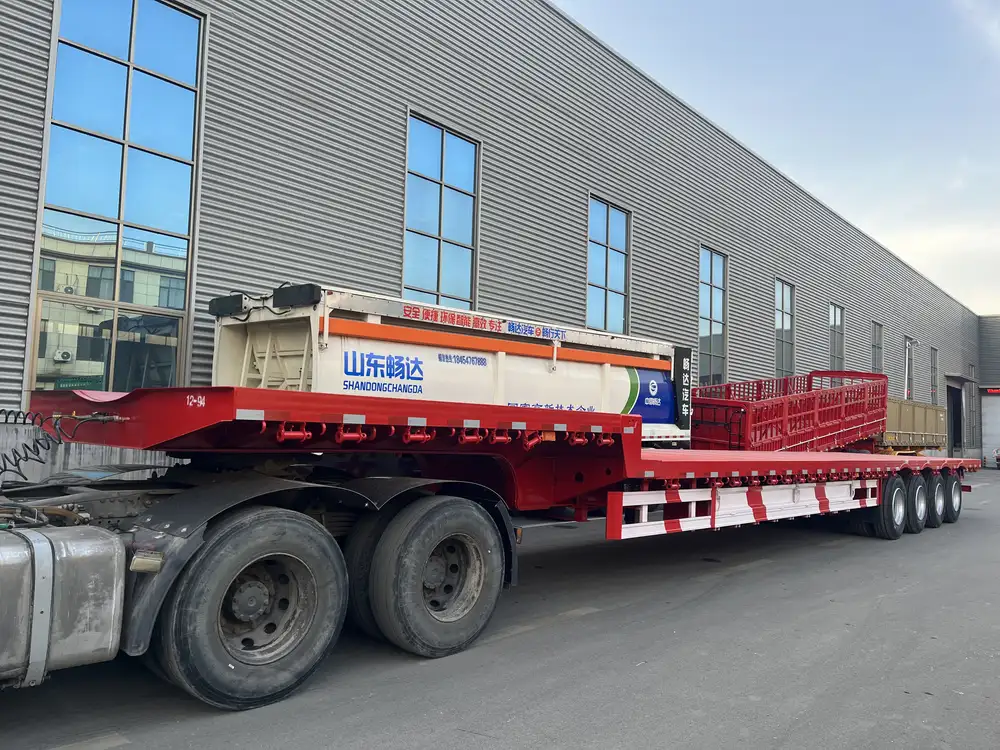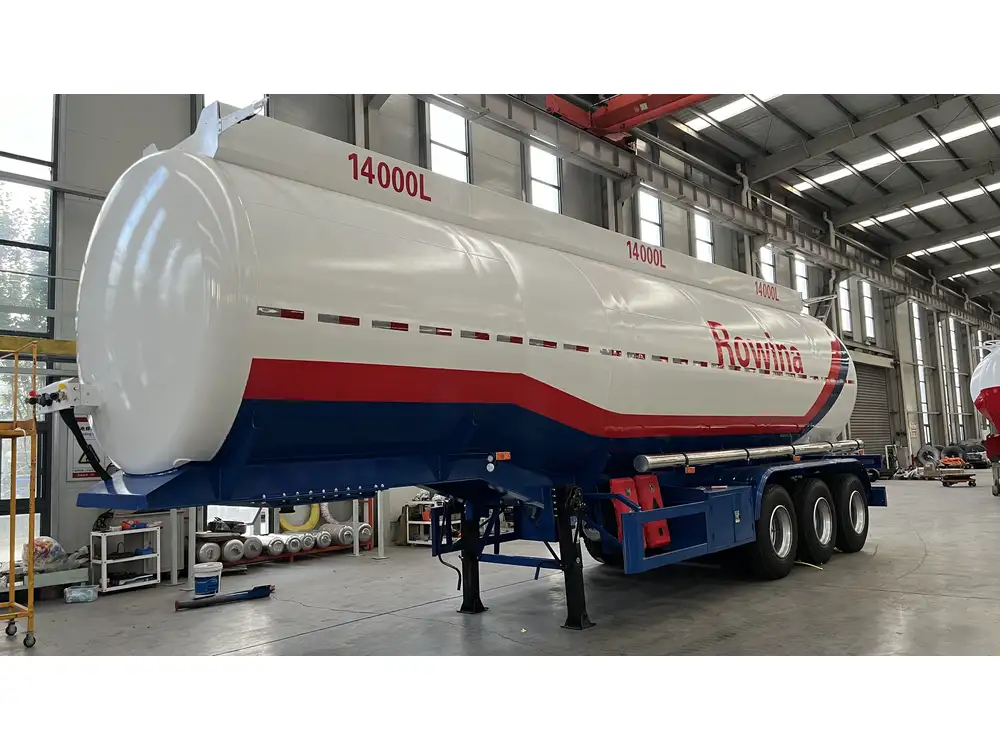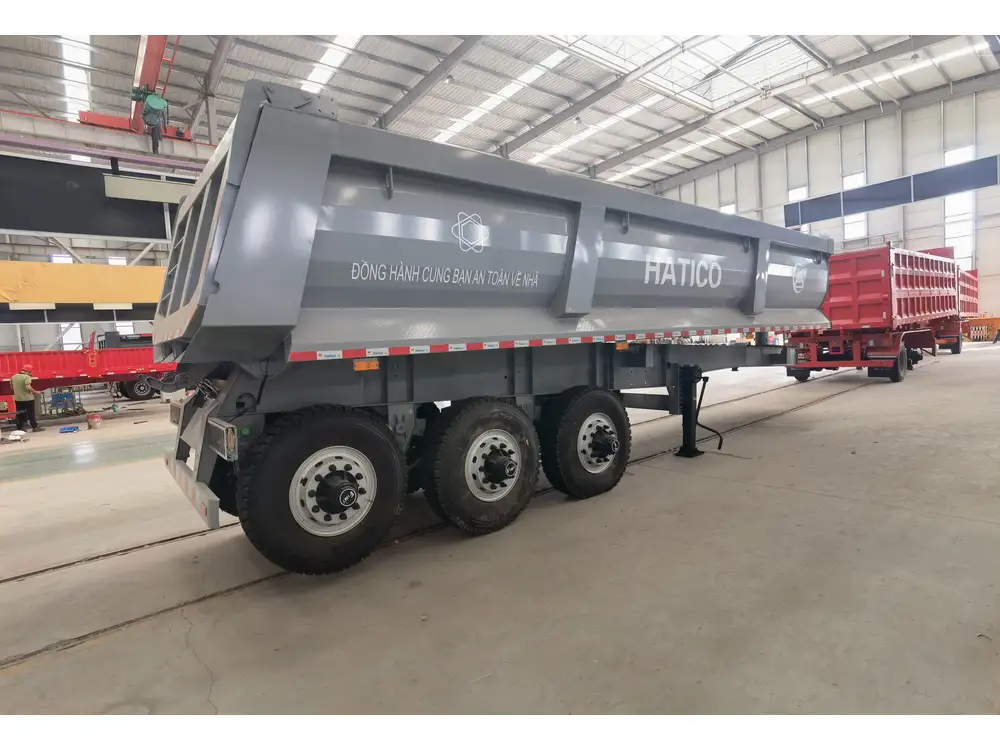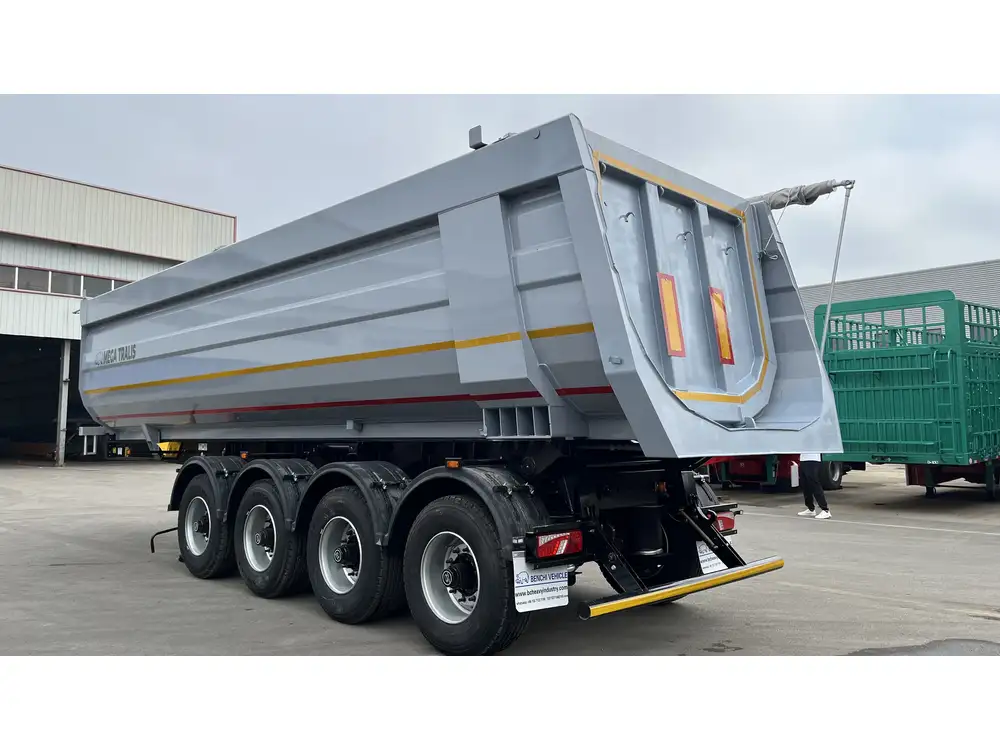When it comes to maintaining the integrity and performance of semi-trailers, understanding the components that play a crucial role in their operation is essential. Among these components, the wheel seal stands out as an often-overlooked element, pivotal in ensuring the smooth function of trailer axles and wheels. In this guide, we delve into how to spell wheel seal on a semi-trailer — a seemingly straightforward query that, when explored deeply, unveils the broader significance and complexity surrounding this vital part of trailer technology.
What Is a Wheel Seal?
Definition and Function
A wheel seal is a sealing device that plays a critical role in the workings of semi-trailer wheels. It serves to prevent the loss of lubricant from the wheel hub and protects the bearings from dirt, debris, and moisture. This is particularly important as the bearings need to stay lubricated for optimal performance, preventing premature wear and tear.
Why Wheel Seals Matter:
- Maintenance of Lubrication: Ensures the wheel bearings remain lubricated.
- Protection Against Contaminants: Shields bearings from environmental elements that may compromise their efficiency.
- Safety Enhancement: A well-maintained wheel seal contributes to overall vehicle safety, reducing the risk of breakdowns.

Spelling Wheel Seal: An Essential Understanding
Correct Terminology
In the context of semi-trailers, the correct spelling is vital not only for communication but for technical documentation, maintenance manuals, and procurement processes. The term “wheel seal” (two words) is the universally accepted nomenclature.
Common Misspellings
In the realm of industry and everyday usage, it is not uncommon to encounter misspellings or variations of the term, such as:
- Wheelseal
- Wheel-Seal
- Wheel Sealant
These misspellings can lead to confusion when searching for parts, troubleshooting issues, or performing maintenance. Therefore, it’s imperative to utilize the correct spelling consistently to ensure clarity and preempt potential operational issues.

Components of a Wheel Seal
Understanding the wheel seal’s components helps in grasping its functionality and significance. A wheel seal primarily consists of:
| Component | Description |
|---|---|
| Outer Diameter | This part fits into the wheel hub and supports the seal against the hub surface. |
| Inner Diameter | This section fits tightly around the axle shaft, ensuring a snug fit to prevent leaks. |
| Spring | A critical part that maintains pressure against the sealing surface, promoting reliability. |
| Sealing Lip | This surface provides the connection between the axle and the hub, creating a tight seal. |
Importance of Each Component
- Outer Diameter: Ensures the seal’s stability within the hub.
- Inner Diameter: Prevents leakage of lubricant and entry of contaminants.
- Spring: Compensates for wear over time, maintaining the effectiveness of the seal.
- Sealing Lip: The frontline defense against contaminants and lubricant loss, it directly influences the durability of bearings.
How to Maintain and Inspect Wheel Seals
Regular maintenance and inspection practices can significantly extend the lifespan of wheel seals and safeguard the entire wheel assembly. Here’s a straightforward approach:

Inspection Steps
- Visual Examination: Begin with a thorough visual check for signs of wear, such as cracks or tearing.
- Lubrication Check: Inspect the lubricant levels within the wheel hub; this can indicate if seals are functioning effectively.
- Physical Feel: Press against the seal gently to assess its flexibility and resilience; a rigid seal may need replacement.
- Listen for Noise: During operation, unfamiliar sounds may indicate a failing seal or related component.
Maintenance Best Practices
- Regular Cleaning: Clean around the seals and wheel assemblies to prevent debris accumulation.
- Lubrication According to Manufacturer Guidelines: Always use the recommended lubricant type and apply it per the scheduled maintenance intervals.
- Replace Worn Seals Promptly: Address any detected problems immediately to prevent further damage to bearings.
Common Issues with Wheel Seals
Despite their sturdy construction, wheel seals may succumb to various issues. Recognizing these problems can facilitate timely interventions and maintenance.

Frequent Problems
- Oil Leakage: Often signifies that the seal has worn out and needs replacement.
- Contamination: If dirt or moisture enters the hub, the seal may have failed.
- Excessive Heat: Can indicate too much friction caused by insufficient lubrication or worn seals.
Signs Your Wheel Seal Needs Attention
Identifying a malfunctioning wheel seal early on is critical to preventing extensive damages. Some warning indicators include:
- Visible Oil Puddles: Accumulation beneath the wheel hub can be the first sign.
- Increased Bearing Noise: Unusual sounds while driving may point to compromised seals.
- Overheating: If the wheels feel excessively hot, this may indicate inadequate lubrication.
How to Replace a Wheel Seal
When inspections reveal that the wheel seal is compromised, it’s crucial to conduct a replacement promptly to mitigate further risks. Follow these steps for an effective replacement:

Required Tools and Materials
- New wheel seal
- Wrench set
- Hammer and seal driver (or appropriate tool)
- Clean rags
- Lubricant (recommended type per manufacturer’s specifications)
Replacement Process
- Prepare the Work Area: Ensure you have a clean, well-lit space. Gather all tools and materials.
- Lift the Trailer: Use a jack to elevate the semi-trailer securely.
- Remove the Wheel: Loosen and remove the wheel nuts to take off the wheel.
- Extract the Old Seal: Carefully pry out the old wheel seal using the seal driver or a suitable tool.
- Clean the Hub: Before installing the new seal, thoroughly clean the hub area to ensure no debris remains.
- Install the New Seal: Place the new seal in the appropriate position and gently tap it into place with the seal driver.
- Reassemble the Wheel: Reattach the wheel and secure it properly with the nuts.
- Lower the Trailer and Test: Once completed, lower the trailer and perform a test drive to ensure everything functions correctly.
Frequently Asked Questions about Wheel Seals

What is the lifespan of a wheel seal?
The lifespan of a wheel seal can vary widely, typically ranging from 100,000 to 200,000 miles, depending on road conditions, trailer load, and maintenance practices.
Can I replace a wheel seal myself?
Yes, replacing a wheel seal is a manageable task for someone with basic mechanical skills; however, if you’re uncertain, consulting a professional is recommended.
How do I know which wheel seal to buy?
Always refer to the manufacturer’s specifications for your semi-trailer to ensure you purchase the correct size and type of wheel seal.

What happens if I don’t replace a failing wheel seal?
Neglecting a failing wheel seal can lead to extensive damage to wheel bearings, which is costly to repair and may compromise safety during operation.
Conclusion
Understanding how to spell “wheel seal” correctly is just the first step in navigating the essential and intricate components of semi-trailer maintenance. By familiarizing oneself with the various aspects of wheel seals—such as their function, signs of wear, maintenance practices, and replacement procedures—semi-trailer operators can significantly extend the lifespan of their vehicles, enhance safety, and optimize performance. Proactive care and timely interventions are key to maintaining the effectiveness of these critical components. Thus, taking the time to master the details surrounding wheel seals not only supports successful maintenance efforts but fortifies the larger operations that depend on these robust vehicles.



